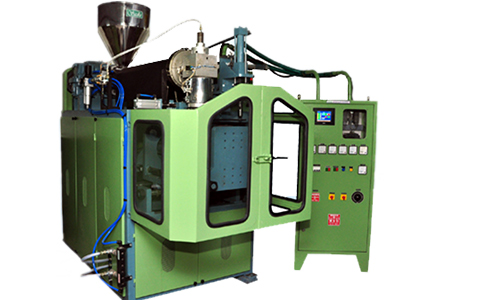

Įxceptionally, the concrete can be poured as two separate longitudinal slabs, as has been used in Namibia. Until quite recently, examples were to be seen at Dovey Junction on the Cambrian Coast and others may still exist elsewhere. Such an example was recorded in a siding at Talyllyn East Junction and at Rock Siding, Talybont-on Usk, on the former Brecon & Merthyr Railway in September 1963. Again, the Great Western Railway during World War Two produced chaired "pot" type sleepers - two concrete pods connected by steel bars - for use on sidings and some loops but these monoblock pot sleepers did not carry a gauge-tie at every position, such usually being placed every 3 or 4 pots or successively at rail joints. They can also consist of two separate blocks connected by a steel tie rod. Types īi-block sleepers on Line H of the Buenos Aires Underground.Ĭoncrete sleepers can be one piece of uniform or variable dimensions. In 2021, sleepers made of sulphur concrete, which requires low energy and no water in manufacture, were used in Belgium. Gravesend West Street station was thus relaid in 1944 to enable the huge increase in freight to be handled. This design was used by the government-run railways during World War II and in particular immediately prior to D-Day when timber was scarce and track extension or replacement was urgently required. Interest in concrete railway sleepers increased after World War II following advances in the design, quality and production of pre-stressed concrete.Ĭhaired bullhead concrete sleepers have been around since at least the 1940s the Great Western using a two-holed chair, thus saving both scarce wartime timber and steel fixing bolts. Some of those concrete sleepers can now be seen on display at Woody Bay Station. They were also noisy and lacked the elasticity of wooden sleepers creating a very rigid road. As the sleepers were cast to gauge, they were of little use outside the station areas on this very curvaceous line where gauge slackening was commonly required. The 1 ft 11 + 1⁄ 2 in ( 597 mm) gauge Lynton and Barnstaple Railway (1898 to 1935) in North Devon, experimented with concrete sleepers at a number of locations along the line. These conditions spurred the development of concrete sleepers in France, Germany and Britain, where the technology was perfected. Heavier rail sections and long welded rails were also being installed, requiring higher-quality sleepers. Following research carried out on French and other European railways, the modern pre-stressed concrete sleeper was developed.

Major progress was not achieved until World War II, when the timbers used for sleepers were scarce due to competition from other uses, such as mines. This was closely followed by other European railways. Designs were further developed and the railways of Austria and Italy used the first concrete sleepers around the turn of the 20th century. Their first use on a main line railway was by the Reading Company in America in 1896, as recorded by AREA Proceedings at the time. Ĭoncrete sleepers were first used on the Alford and Sutton Tramway in 1884. Monier designed a sleeper and obtained a patent for it, but it was not successful. In 1877, Joseph Monier, a French gardener, suggested that concrete reinforced with steel could be used for making sleepers for railway track. Concrete sleepers were used for the entire length of the Adelaide-Darwin railway line History


 0 kommentar(er)
0 kommentar(er)
